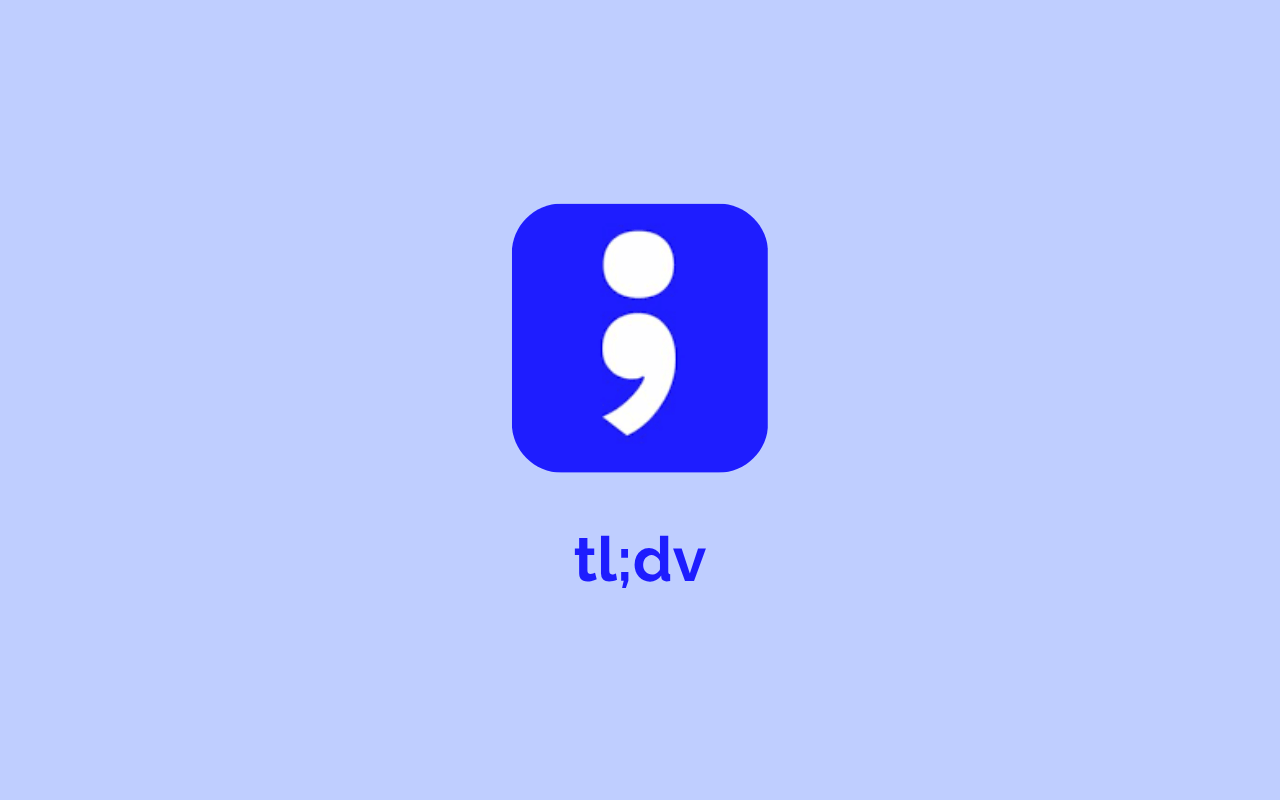Before you can move ahead with a winning product demo, your prospect and you need one more meeting to get to know each other. This critical step is called Sales Discovery.
You’ve worked hard to prospect and qualify your leads. Your sales instinct is to jump right to the product demo and close the sale. However, in most cases, rushing straight to the demo is a mistake.
Before you can move ahead with a winning product demo, your prospect and you need one more meeting to get to know each other. This critical step is called Sales Discovery. Sales teams that take enough time for Sales Discovery before their demo win 73% more often than those who skip it.
It makes sense. How can you sell your product if you have no idea how it will solve your prospects’ deeper needs? How can you connect with them on a personal level without knowing what makes them tick?
One-size-fits-all product demos don’t work. Your potential buyers already researched the high-level benefits of your product. To win the sale, you need to learn about your prospect’s specific situation, their pain points, and frustrations before you can demonstrate how your product helps them achieve their goal.
When done right, Sales Discovery is the most important step towards a winning product demo.
What does sales discovery mean?
Sales Discovery is a chance for both your prospect and you to learn more about each other. It’s not a game of 20 questions, but rather a two-way discussion that occurs at the end of the qualifying phase and before the product demo.
The purpose of Sales Discovery is to identify their pain points, purchasing processes, challenges, and to learn more about their overall business.
When 86% of B2B buyers say they see “no real difference between suppliers,” you need to go the extra mile to show how you uniquely meet your prospects' needs. You need to understand your prospects’ challenges before pitching the value of your software.
Remember, while you’re learning about your prospect’s business, they are also learning about you. You want them to ask questions as well to get a better sense of your company. It’s an opportunity to build rapport and trust.
People don’t make purchases simply based on the most logical choice. In fact, 71% of customers buy because they like, trust and respect the salesperson they work with.
Deals are closed by tapping into both the buyer’s emotional and rational triggers. When you can build trust and display empathy for the buyer’s situation, you increase your chances for a deal.
Two types of meetings: disco demo and discrete discovery
There are two types of Sales Discovery: the Disco demo (Disco is short for Discovery) and discrete Discovery meetings.
Sometimes your prospect will be eager to see the product demo, even if your preference is to schedule a separate sales Discovery meeting. In this case, you’ll want to set up a Disco demo, which means you’ll spend the first part of the meeting doing your Discovery, followed by the demo.
As long as you spend enough time with sales Discovery, Disco demos can work. In fact, Disco demos are quite common for early-stage or smaller organizations. Ideally, you should try to schedule a discrete Discovery, which is its own, individual, scheduled conversation.

Why? There are two reasons stand-alone Discovery meetings are better:
- When you combine Discovery with the demo, you might have to rush. Let’s say you only have 30 minutes. A typical Disco demo agenda would consist of 10 minutes for Discovery, 10 minutes for the demo, and 10 minutes discussing the next steps. That’s not enough time to get the information you need and give an adequate demo.
- Another reason for sales Discovery is to learn enough about the prospect’s expectations so you can personalize your demo. Disco demos prohibit you from taking the time to position your demo in a way that speaks directly to their unique business challenges.
A discrete Discovery meeting provides enough time to build a stronger relationship and get all the info you need. Moreover, you’ll have plenty of time to digest the insights from the meeting to plan and practice your demo.
Whether you conduct a Disco Demo or a Discrete Discovery meeting, your process for setting up and leading a successful discovery should be similar. Let’s take a look!
The goals of sales discovery
The Sales Discovery phase serves several purposes. Your priority is to uncover the right business needs to prepare your demo. But you are also building trust, understanding the purchase process, figuring out the decision-making hierarchy, and learning anything else that will help you win the sale.
Don’t cut corners when doing Discovery because if you do, your close rate will likely go down. Above all, you need to understand your prospects’ challenges before pitching the value your software brings to their business.
Independent from the product or service you’re selling, the goals of sales Discovery are:
- Qualify for the demo: Decide whether your prospect even needs to see your product, or if your time is best spent elsewhere
- Understand pain points: Ask targeted questions to identify 3-4 key pain points your buyer is currently facing
- Build rapport: Learn about your buyers’ evaluation criteria, personal motivation, company goals, and their industry language
- Identify the right audience: Discover whether the person you’re speaking to is the decision-maker and find out who else needs to be on the demo
- Sell the demo: Convince your customer to get on a demo with you and get their commitment to attend

Once you have a sound process in place, any of your reps can successfully lead a discovery meeting. Let’s take a closer look at these five steps.
How to conduct a sales discovery call

Step one: do your research
Planning is everything. When you come to the Discovery meeting adequately prepared with a clear idea of what you want to accomplish, the meeting will go smoothly. Start by doing your research and setting the right goals for the meeting.
Don’t waste your prospect’s valuable time by asking questions that you can find through research. Learn everything you can about your prospect’s business, their competitors, and anything else that relates to how your product can help their particular situation. There are several resources to help you research, including some free ones like:
- LinkedIn: Look at your prospect’s shared connections, recent activity, previous companies, and groups where they participate.
- Twitter: Is your prospect active on Twitter? Get to know their opinions and interests.
- Company website: Look through their recent news, blog posts, about us, and any other pages that give you insights into their priorities and culture.
- Review sites: Is the company on Google, Yelp, or other industry review sites? Check out Glassdoor or Quora to hear from people that work at the company.
Pretend you are one of their customers. What are the challenges or pain points you experience from their customer’s perspective? When you do your due diligence beforehand, your prospects will notice.
Step two: choose the right communication tool
Sales Discovery meetings are a mix of intelligence gathering and relationship building. While you want to get all the relevant information, you also want to make a human connection.
Phone and audio calls work fine to gather intelligence, but you can’t see faces. Are they all sighing? Are they smiling? Who knows?
In lieu of an in-person meeting, video conferencing is your best option to have a face-to-face conversation. When you can see your prospects’ reactions, you can adapt to steer the conversation in the right direction.
When you set up a video call, make sure it’s easy for everyone to hop on. Online meeting tools like Demodesk are explicitly designed for sales meetings, where prospects can join on any browser or device without having to download anything.
And finally, always record your video call so you can go back and analyze the meeting for insights you might have missed.
Step three: set expectations for the meeting
The meeting is finally here. Before you go right to your questions, it’s essential to explain how the meeting will take its course. Share your objectives and agenda. Then, ask your prospects if they are on the same page for the meeting.
Here’s a simple checklist to kick off your call:
- Introductions
- Explain the purpose of the meeting (Get prospect buy-in)
- Share meeting agenda (Ask the prospect if they want to add anything)
- State the duration of the meeting (Reassure prospect that you won’t go over)
- Leave time for the next steps
- Leading a Discovery meeting is all about clearly setting expectations and then staying laser-focused to meet those expectations.

Step four: ask the right questions
Remember, Discovery is not an interrogation, but more like a conversation between new friends. When you talk with a friend, you not only ask questions, but you also listen and react to what they say.
Active listening will help you lead the discussion. You might hear something that makes you want to change course or go off-script. When you listen and respond thoughtfully, you’ll show a high level of emotional intelligence.
According to recent research, you should ask between 11 to 14 questions during your meeting. Make each question count! Plan a list of more than 14 questions and prioritize beforehand, which are “must-haves” and which are “nice-to-know” questions.
Here are a few questions to get started:
- What made you check out our product right now?
- Which problems do you hope our product will help you solve?
- Which tools are you using at the moment, and how does the workflow look like?
- What do you dislike about your current setup?
- What do you like about the current setup?
- Which other products are you evaluating or have you evaluated in the past?
- How are you evaluating our solution?
- Which objectives do you hope our product will help you achieve?
- Who will be using the product?
- How does the decision-making process look like?
- Is there a specific timeline or budget for this project?
Your questions should be open-ended to trigger a discussion, so it feels like an organic conversation. Ask your questions in a way that makes everyone realize that your goal is to help rather than sell.
For more sales Discovery question examples, Hubspot put together this list of 100 probing questions.

Step five: end the meeting by selling the demo
The Sales Discovery meeting is going well. The discussions are meaningful, you learned a ton of valuable info, and you haven’t tried to pitch or sell anything. Great job!
Before you end the meeting, put your sales hat back on for the final few minutes. You need to book that product demo. If you’re confident that your product solves the prospect’s needs, you don’t want them to ‘get back to you’.
End the call by reiterating the most important points that they shared with you, reassure them that your solution will help them, and propose the next steps. Make it very easy for them to say yes to seeing the product.
The next day, follow up with all the attendees to thank them, give them a recap, and solidify the next steps.
Sales discovery strengthens your product demo
Discovery is a necessary step to developing a successful sales demo. When you conduct Sales Discovery properly, you will know what problems need solving. You can then tailor your product demo to focus on how the product meets your buyer’s specific needs.“
“Your product is only as good as the problems it can solve for someone. What your prospect wants to hear during a demo is what problems you are solving for him, not a laundry list of features in your product.”
Demos that tie back specific pain points and articulate the value of the solution are 35% more likely to result in closed deals. You can only get there with Sales Discovery.
Before you can close, you must become curious. When you understand the deeper issues, you stop selling and you start offering value.
hbspt.forms.create({region:"",portalId:"3837805",formId:"431ec8f9-a25e-4b34-a7ef-6ac6bb62bcc3"});












